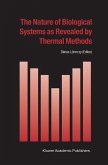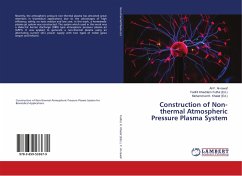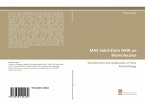The understanding of biomolecular dynamics is a topic of primary interest in contemporary science, as the dynamics forms the basis of the individual function of proteins and peptides. The dynamical behavior of biomolecules covers time ranges from pico- to milli-seconds, and beyond. The natural environment of biomolecules, i.e. aqueous solution, is a source of permanent, dynamical perturbations. In the present work, the time evolution of biomolecules is examined with respect to the thermally driven fluctuations. Molecular dynamics simulation allows the dynamics of polypeptide chains to be analyzed up to the range of microsecond in full atomic detail. The fluctuations observed are manifestly different from a Brownian behavior and exhibit subdiffusive patterns. Various attempts to explain the underlying mechanism are reviewed, refined and discussed. Particularly, the continuous time random walk (CTRW) and Markovian Transition Network approaches are analyzed in some detail with respect to the simulation results obtained. The present work contributes to the fundamental understanding of the most general dynamical features of peptides and proteins.
Bitte wählen Sie Ihr Anliegen aus.
Rechnungen
Retourenschein anfordern
Bestellstatus
Storno








